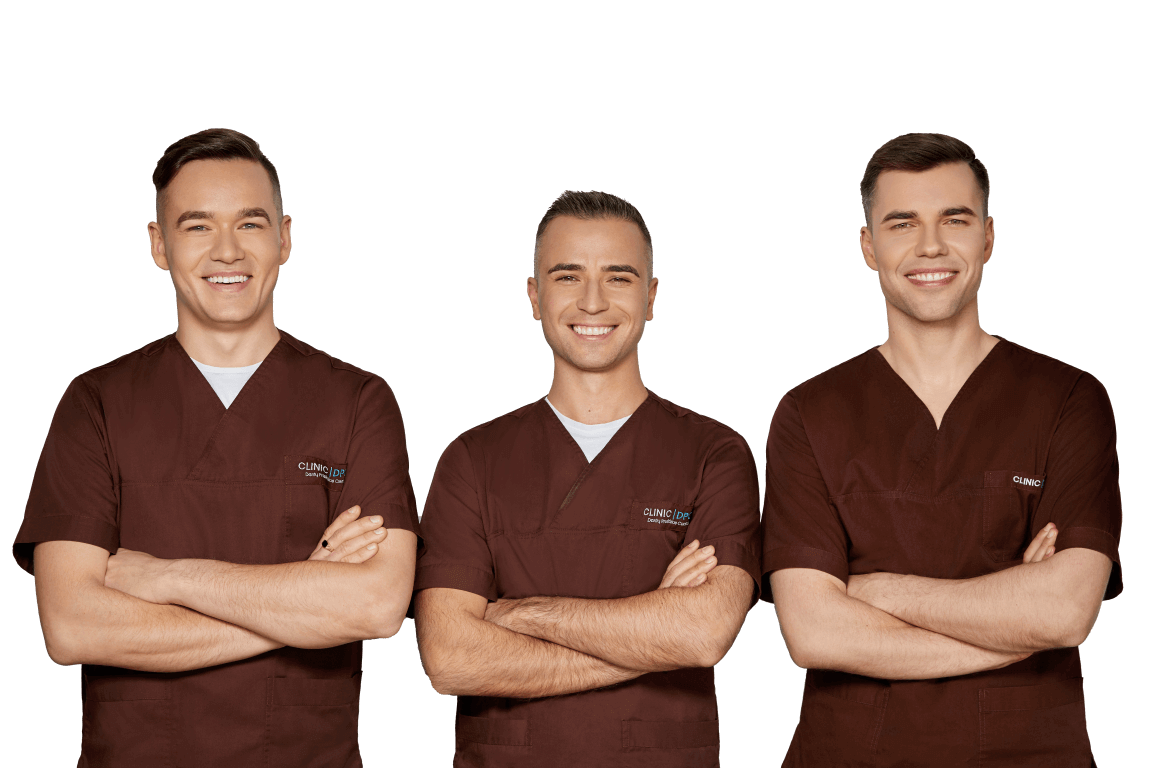What is orthodontics?
Orthodontics is a specialty of dentistry that corrects malpositioned teeth and jaws. Crooked teeth, abnormal bite are serious problems that affect our aesthetic appearance and can increase the likelihood of tooth decay and wear. Most orthodontic patients are children and teenagers, but orthodontic treatment can be applied to adults.
When orthodontic treatment should be applied?
Orthodontic treatment is utilized when the patient has crooked teeth, an abnormal bite or annoying interdental gaps. Orthodontic treatment improves facial aesthetics, and in some cases helps to successfully restore impaired speech, swallowing, and chewing functions, and prevents future health problems.
Orthodontic treatment methods:
Metal braces
Traditional metal braces are the most popular choice among patients. Made out of stainless steel, they are sturdy and efficient in their function. Metal braces a little cheaper than the alternative, better looking ceramic braces. Although metal braces have improved dramatically since their predecessors, they are still clearly visible with a smile, so not all people commit to this treatment. When wearing traditional braces, you should see your orthodontist once a month for a correction.
Ceramic braces
Ceramic braces are less noticeable, more aesthetically pleasing than traditional metal braces. Both ceramic braces and wire connecting them are made of whitish, translucent porcelain that resembles the color of healthy teeth Such braces are much harder to spot at first glance and are usually chosen by people for whom it is visually unacceptable to wear metal braces. When wearing ceramic braces, it is also necessary to correct them once a month.
Tooth straightening, orthodontic mouthguards
Orthodontic treatment with transparent orthodontic mouthguards is a great alternative to dental braces. Transparent mouthguards are placed on the teeth during this treatment. Like braces, they push their teeth into the desired position. These mouthguards need to be replaced every two weeks, during which time the teeth are straightened. Today, this technology is the most convenient, almost invisible way to straighten crooked teeth and fix an abnormal bite.


